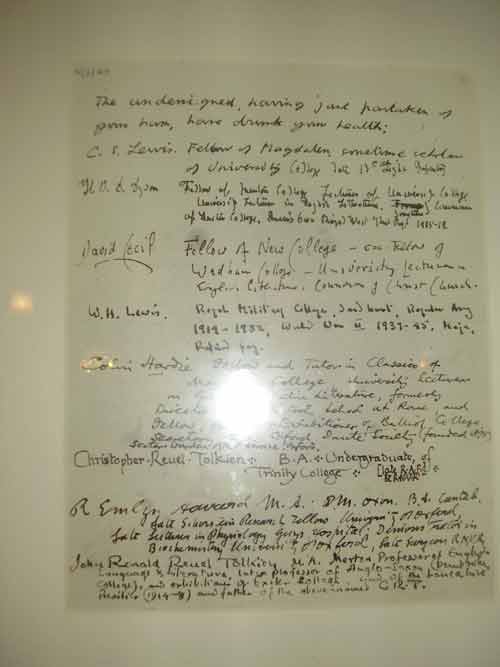Actually I’m not such a fan of Ronan Keating’s song (even though it was co-written by Dido/Belinda Carlisle/Stevie Nicks Svengali Rick Nowels) but I was struck on a visit to Alton Towers on Friday about the parallels between rollercoasters and narrative in fiction.
Theme parks are strange places: they’re physical manifestations of the human desire to be entertained that is normally fulfilled mentally by books, films, TV — even other art forms like painting and music. It’s probably no co-incidence that theme parks tend to re-use the narrative of familiar stories and fairy tales to bridge the gap between engineering and customer experience. The most successful rollercoasters and rides have some sort of story invested in them — whether it’s a general theme, such as riding the Congo River Rapids, Â or something more specific, such as the recent rebranding of Alton Towers’ Spinball Whizzer as Sonic (the Hedgehog) Spinball. (This involved the theme park painting the ride blue and putting up a statue of Sonic the Hedgehog outside the ride — and they had the nerve to describe it on their park maps as ‘New’.) There’s a genuinely new ride at Alton Towers, which has a strong narrative theme — they brand it ‘Th13rteen’ and it apparently has some associated story about wraiths. (I don’t know the story to that one as I’ve not been on it).
Disneyland in its various manifestations is an obvious example of the connection between stories and narrative and these kind of rides.
On first thoughts, it seems like it’s an unlikely connection between the engineering of a steel rollercoaster and a narrative story but there are many parallels. Often novels are analysed by sketching a simple line graph that might represent something like intensity of plot events. This often looks like a sine wave on an oscilloscope but also quite like a rollercoaster: a narrative needs some variation in its pace so there are peaks and troughs. The classic Hollywood screenplay is constructed with plot points about 25% and 75% of the way through the script so conforms quite well to the pattern.
A rollercoaster is similar but must also work within the laws of physics, which tends to mean that it starts with a steep climb to charge the cars with potential energy, which is then discharged through drops with gravity bringing the heights of the curves closer to the ground as the ride goes on. However, this is not always the case and several rides will use traction in the middle to supplement the energy — as log flumes tend to do. The best rollercoasters will play tricks with the riders’ expectations — either by some sort of disorientation or sensory deprivation (like being in the dark).
The thrill element of the rollercoaster will exploit the riders’ sense of physcial danger. I’ve not been on Oblivion at Alton Towers but this seems to be a classic example of fear as the car teeters for a second or two sixty feet above a near vertical drop into a tunnel that’s about another 60ft deep underground before plunging  down underground. While the people on these sort of rides are obviously physically involved, they also know that there should be absolutely no danger. I would guess that a lot of a novel’s (or film’s) appeal is the vicarious engagement the reader has with the characters who will usually be in some dangerous predicament (physical or emotional). In the end the reader knows it’s only a story, in the same way that they know a rollercoaster is safe, but the skill of the author/designer is in trying to conceal that artificiality.
There seem to be a lot of parallels between coasters and narratives — they’re a continuous line of events designed to thrill or entertain by managing and subverting expectations that are quite primordial in the human psyche. The riders of a rollercoaster and readers of a novel will willingly surrender themselves to the skill of the designer or writer in the expectation of receiving gratification that derives from being temporarily removed from the ‘real world’ and having their norms and expectations challenged.



